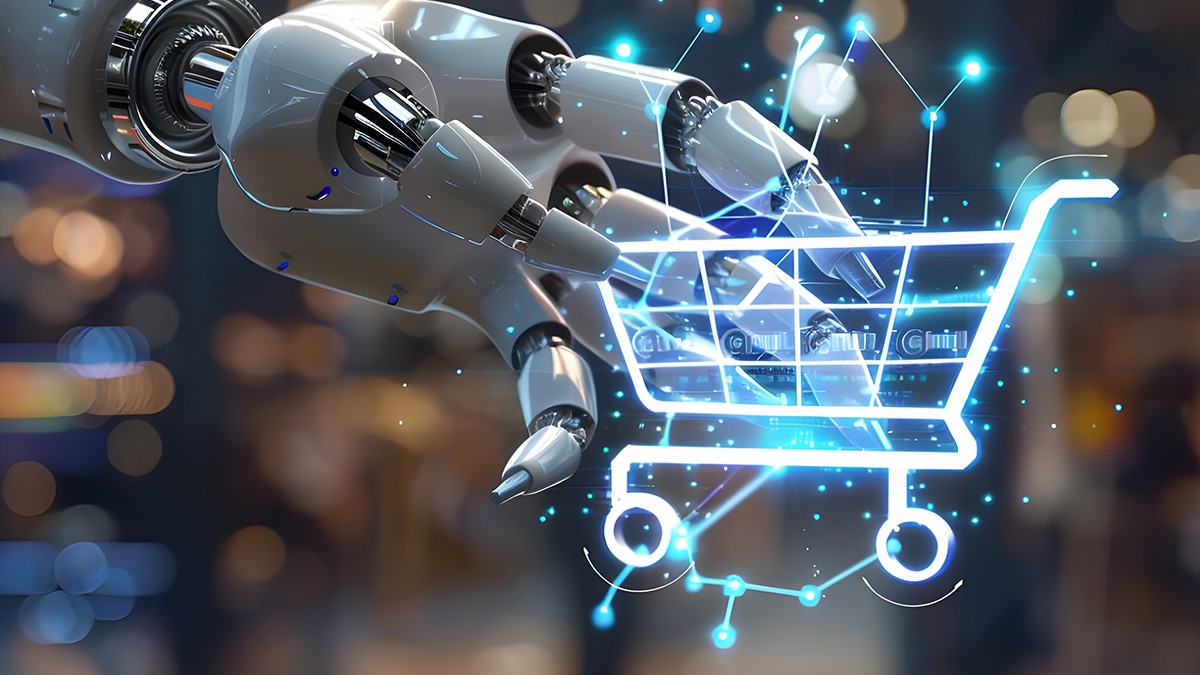The Evolution of Generative AI Models
A Technical Overview of Where We've Been—and Where We're Headed
From simple rule-based systems to neural networks capable of creating text, images, music, and even software code, generative AI has undergone a dramatic transformation over the past decade. What started as a niche research domain has now become a cornerstone of modern AI applications, driving innovation across industries.
In this article, we'll explore the technical evolution of generative AI models—how they've grown in complexity and capability—and where they're headed next.
Phase 1: Early Generative Techniques
The journey of generative AI begins with statistical methods and rule-based systems, which aimed to produce outputs from predefined templates or probabilistic models. Examples include:These systems lacked deep context understanding but laid the foundation for probabilistic sequence modeling.
Phase 2: Autoencoders and Variational Models
With the rise of deep learning, models like autoencoders (AEs) and variational autoencoders (VAEs) emerged. These models learned to compress and reconstruct data—essential for understanding latent representations.Key Characteristics:
Phase 3: Generative Adversarial Networks (GANs)
In 2014, Ian Goodfellow's Generative Adversarial Networks (GANs) changed the game. GANs consist of two neural networks—a generator and a discriminator—locked in a game-theoretic loop.Technical Innovation:
GANs excelled at generating high-resolution images, deepfakes, and art, but faced challenges with mode collapse, training instability, and lack of control over output.
Phase 4: Transformers and Large Language Models (LLMs)
The introduction of transformers (Vaswani et al., 2017) marked the next major milestone. With self-attention mechanisms and scalability, transformers enabled unprecedented progress in text generation and understanding.Evolutionary Highlights:
Transformers allowed generative AI to:
Phase 5: Multimodal and General-Purpose AI Models
Today, we're witnessing the rise of multimodal models—systems that understand and generate across text, images, audio, video, and code.Notable Developments:
These models are increasingly capable of reasoning, grounding, and tool use—moving toward artificial general intelligence (AGI) territory.
What's Next for Generative AI?
1. Smaller, Specialized Models
While mega-models dominate headlines, smaller, fine-tuned models will become more common—delivering high performance for niche tasks with lower compute costs.2. Edge Deployment and Real-Time AI
Advancements in compression and efficiency will enable generative AI to run on edge devices—from smartphones to IoT platforms—powering real-time, offline generation.3. AI Agents with Memory and Goals
We'll see the rise of autonomous AI agents that combine generative models with long-term memory, planning capabilities, and goal-directed behavior—transforming how software interacts with the world.4. Greater Transparency and Interpretability
As model decisions affect real lives, efforts will increase around:5. Regulatory and Ethical Evolution
Expect stricter standards and frameworks for:Conclusion: From Novelty to Necessity
Generative AI has evolved from a lab experiment to a mission-critical technology—reshaping how we create, communicate, and compute. As the pace of advancement accelerates, developers, researchers, and organizations must balance innovation with responsibility.The next chapter of generative AI won't just be about smarter models—it will be about more intentional, interpretable, and human-aligned systems that truly extend our capabilities.



